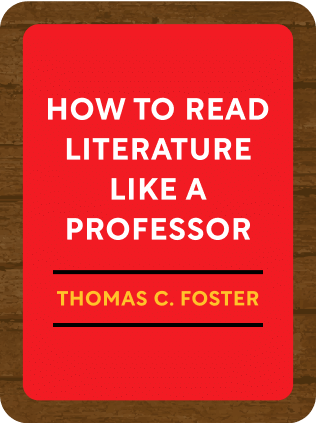

This article is an excerpt from the Shortform book guide to "How to Read Literature Like a Professor" by Thomas C. Foster. Shortform has the world's best summaries and analyses of books you should be reading.
Like this article? Sign up for a free trial here .
Why would an author choose to write about an act as mundane as eating? What do communal meals symbolize?
Eating is boring. That’s why if an author chooses to write a scene in which characters are eating, you better believe it is significant. Communal meals in literature can symbolize a number of things.
Keep reading to find out what communal meals symbolize in literature.
Shared Meals and Communions
Whenever literary characters share a communal meal together, it is an act of communion. The act of communion is an archetype in literature.
Consider writing a meal scene. It is very difficult, because eating is boring and food has been described a million ways before. So, if an author includes a meal scene in a literary work, there is almost always a compelling reason for doing so—to symbolize a communion between characters.
Although the word “communion” has religious connotations, it is important to realize that not all communion is a religious or holy experience. Rather, breaking bread together is a symbolic way of expressing, “I am here with you because I like you and want to create a community.” That is the kind of communion we are talking about.
- Example: Think of scenes where soldiers share rations together as comrades or a little boy shares scraps of food with a stray dog. The reader gets a sense of loyalty and companionship.
In contrast, some meal scenes relay the opposite message. In these cases, the failed meal is a symbol of bad relationships or negative feelings.
- Example: Imagine a mafia don who brings his enemies together for a meal, only to have them killed. The assumption that one should be kind to his dinner guests is violated here, and the mafia don is presented as an evil character.
Example: James Joyce’s “The Dead”
The story “The Dead” by James Joyce is a great example of the full effect of a meal scene as communion. The story centers around a dinner party. At this party is a man named Gabriel Conroy, who thinks he is superior to all the other guests at the table. Over the course of the meal, there are many moments of tension that shock Gabriel’s ego and show him that he is just one of the group. As Gabriel puts his ego in check, he is able to share a meal with his fellow guests and make a speech of gratitude at the end. The reader is part of Gabriel’s evolution from self-made outsider to grateful sharer of the meal.
James Joyce’s illustration of the meal itself mirrors the plot of the story. He puts great detail into bringing the meal to life for the reader. In this way, he asks the reader to pull up a chair and join the party closely. Joyce describes the food on the table as though describing armies in rank for battle. This conveys a sense of conflict to mimic the tensions in the conversation at the table.

———End of Preview———
Like what you just read? Read the rest of the world's best book summary and analysis of Thomas C. Foster's "How to Read Literature Like a Professor" at Shortform .
Here's what you'll find in our full How to Read Literature Like a Professor summary :
- How to get more out of the novels that you read
- Why you should focus on memory, symbols, and patterns to understand literature better
- Why sex scenes aren't always about sex






